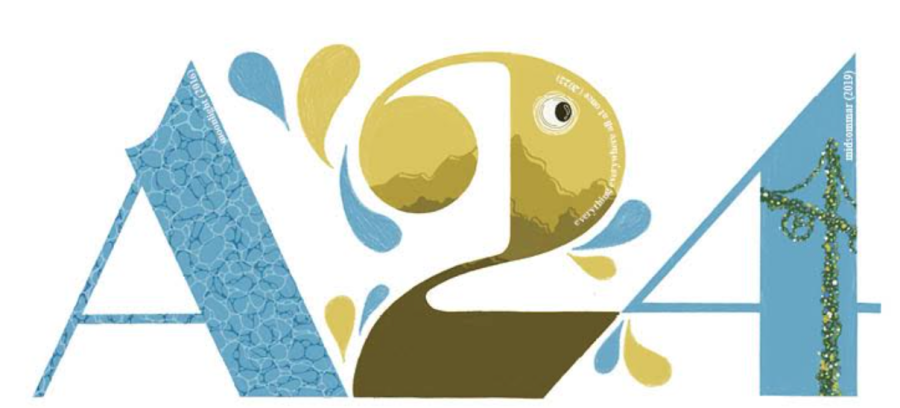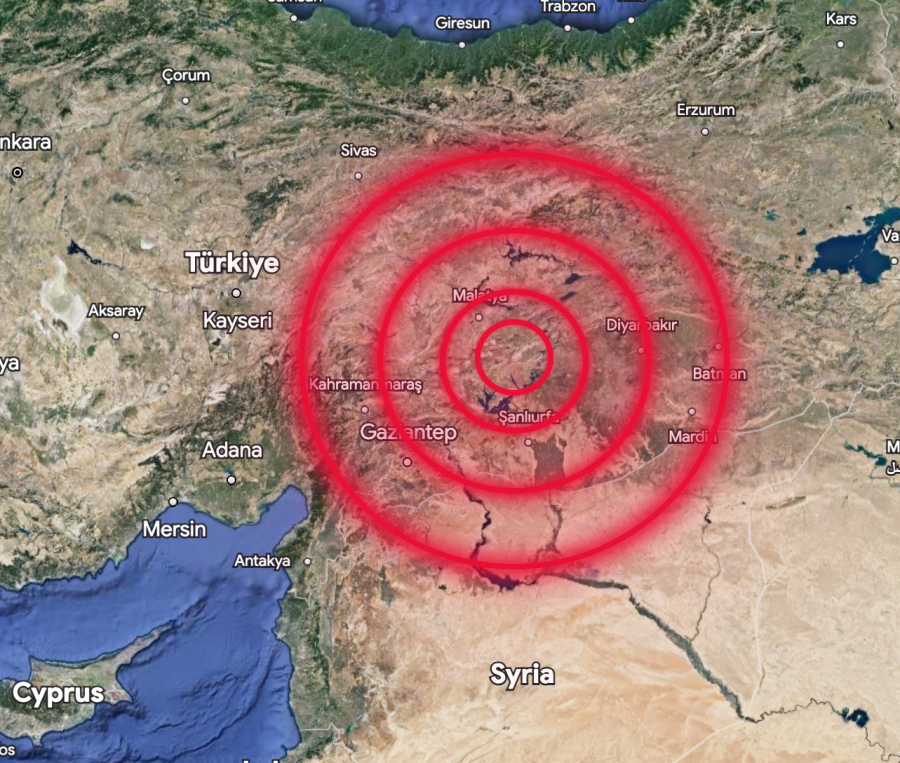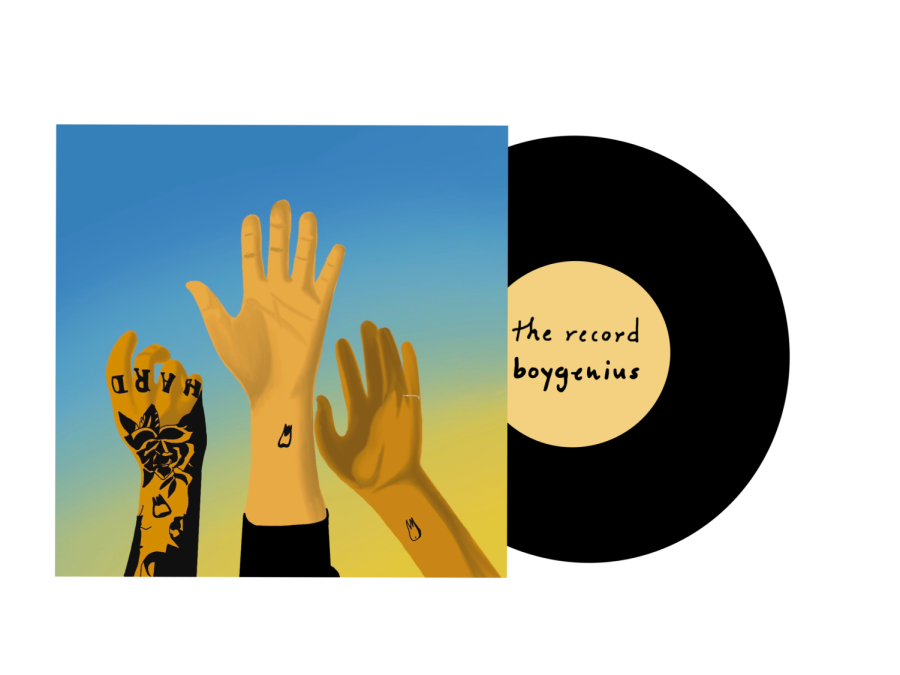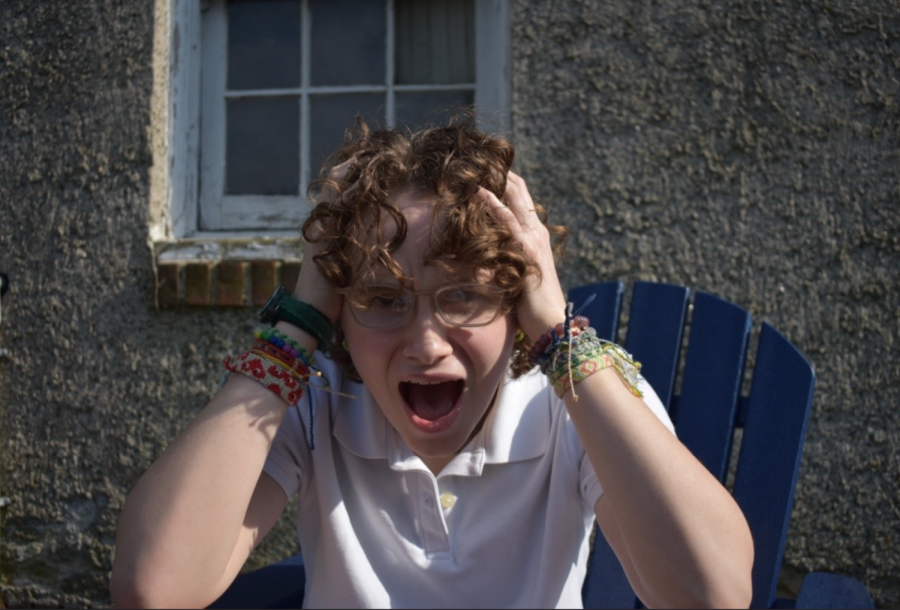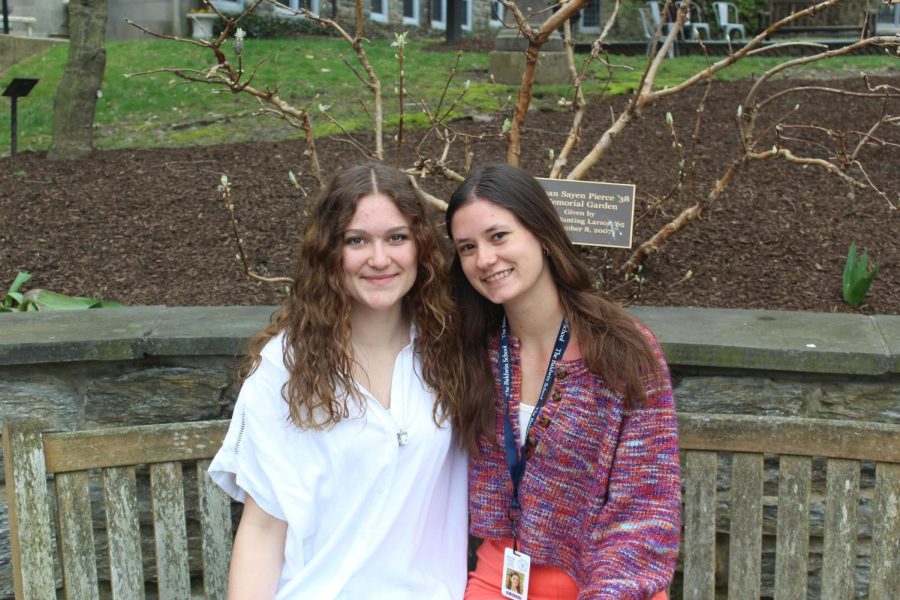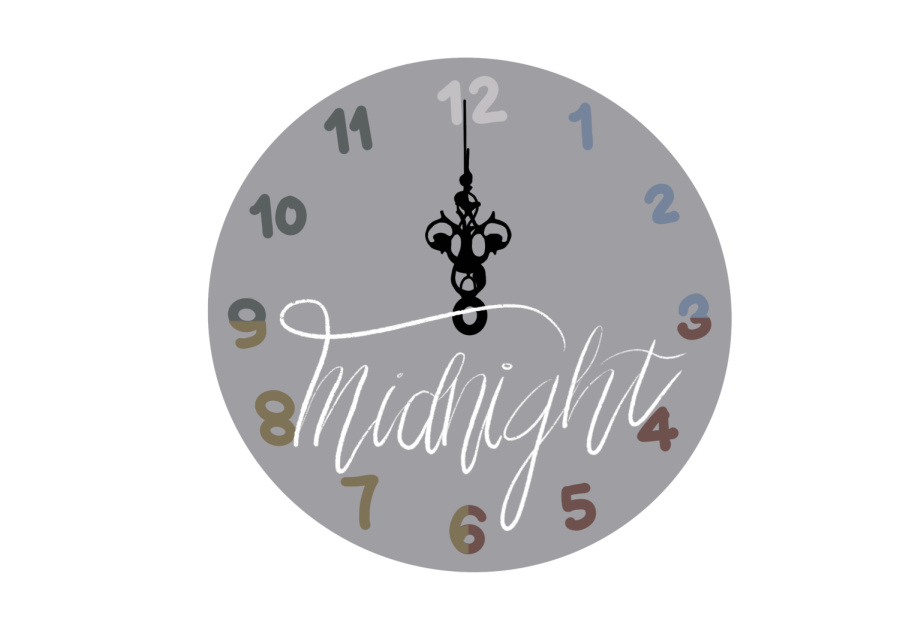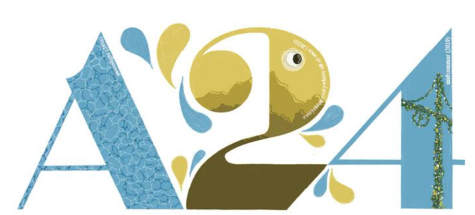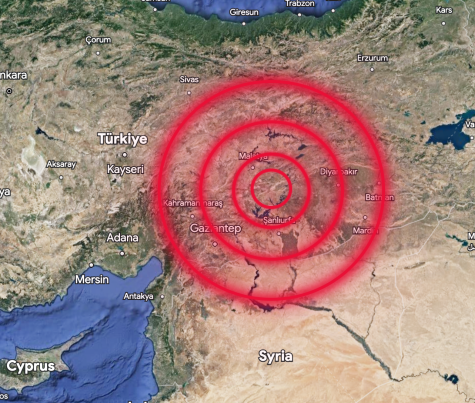Halloween Around the World
The tricks and treats of other cultures’ Halloween celebrations
On October 31, countless versions of Halloween festivities will be celebrated across the globe, from Japan to The Netherlands all the way to Brazil. According to History.com, Halloween originated from Samhain, a Celtic festival. Irish immigrants escaping the potato famine carried the holiday with them, popularizing it in America. As the years passed, Halloween became a worldwide phenomenon with abundant candy, costumes, and all things spooky.
In America, Halloween is traditionally celebrated by all ages, with children trick-or-treating and adolescents and adults attending parties (or dipping into their children’s candy stockpiles). It is a night full of fun, and it’s no surprise that the rest of the world was inclined to join the celebration.
In Tokyo, Halloween was introduced by the country’s Disneyland theme park, according to JapanRailPass.com. While trick-or-treating is rarely practiced, Japanese celebrators instead focus on elaborate costumes. Costumed people participate in street parties, their outfits ranging from the typical vampire to anime characters, especially in Ikebukuro, Japan’s anime center.
Despite the absence of trick-or-treating, there is no shortage of sweets on Halloween in Japan. Bakeries sell wildly popular black and orange themed desserts. One of the strangest locations of Halloween excitement is on the typically orderly Japanese subway, where you should expect to see parties throughout the night. Furthermore, Japan’s biggest theme parks transform into haunted houses with massive Halloween parades. Sounds like the place to be!
While Dutch Halloween is still gaining traction, they have their own form of trick-or-treating on Sint-Maarten, or Saint Martin’s Day, according to DutchReview.com. It falls on November 11, around two weeks after Halloween. It is a delightful combination of Christmas caroling and candy-collecting while being significantly less bone-chilling.
Children wear masks instead of costumes and sing songs at the doorsteps of their neighbors in order to obtain some sweet treats. If they decide to go trick-or-treating on October 31 as well, it’s hit-or-miss. Some generous households in Dutch towns will hang flyers to alert the children that there is candy waiting for them!
Brazil created a counter-Halloween, also celebrated on October 31, to combat the spread of the American tradition, as stated on ConnectBrazil.com. Called Saci Day, it is meant to remind Brazilians of their own culture and history rather than “celebrating a foreign culture.”
Saci is a one-legged forest spirit with a tendency to answer the wishes of children, but the holiday is more of a political protest than a celebration. In fact, few Brazilians recognize this holiday, and prefer to embrace the American love of costuming and partying late into the night.
The worldwide celebration of Halloween is a relatively recent development, and it is exciting to see what will come of the rapidly growing tradition. Will ghosts and ghouls still reign supreme, or will something new come out of this eerie October night?

